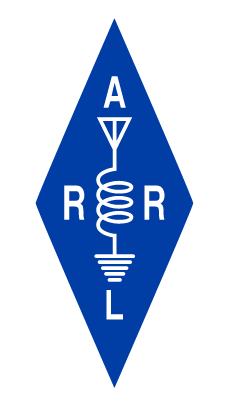This list is not all inclusive and new sources of RFI are identified continuously. We will update this list as new sources become known.
In the Ham Shack (these are often physically closest to your receiver)
- Poorly designed LED bulbs
- Poorly designed wall-warts including phone chargers
- Poorly designed switching power supplies including computer power supplies
In-home (these may be closer to your receiver than outside sources)
- Solar energy installations (optimizers on solar panels and inverters) Generac has developed a fix for its systems.
- Grow lights
- Poorly designed LED bulbs
- Poorly designed wall-warts including phone chargers
- Poorly designed switching power supplies including computer power supplies and other home appliance power supplies
- Variable speed motor controllers
- Dimmer switches
- Battery chargers (including those for power tools)
- Electric blankets
- Annke security cameras (20-22 MHz)
- Uninterruptable Power Supplies (UPS’s)
- DSL cable leakage (typically 3-5 MHz)
- Touch lamps
- power over ethernet (POE) adapters
- treadmills (note that it will vary with the pace of the user)
Outside the home
- All of the above in a neighbor’s house if close enough to your receiver
- Electric fences
- Power line component failures including arcing and control signaling devices – if one has an oscilloscope, measuring the audio of a receiver while triggering on AC will make the power line noise trace stationary on the screen (typically a raspy broadband signal with an 8 ms period)
- Street lights (sodium vapor, LED’s)
- Neighbor’s solar energy systems (optimizers on solar panels and inverters)
- Neighbor’s grow lights
- Insect repellers
- Television or internet cable leakage
- Industrial motors and controllers if nearby
- Nearby broadcast radio stations
Back to RFI Troubleshooting Guide
updated 5/6/23
